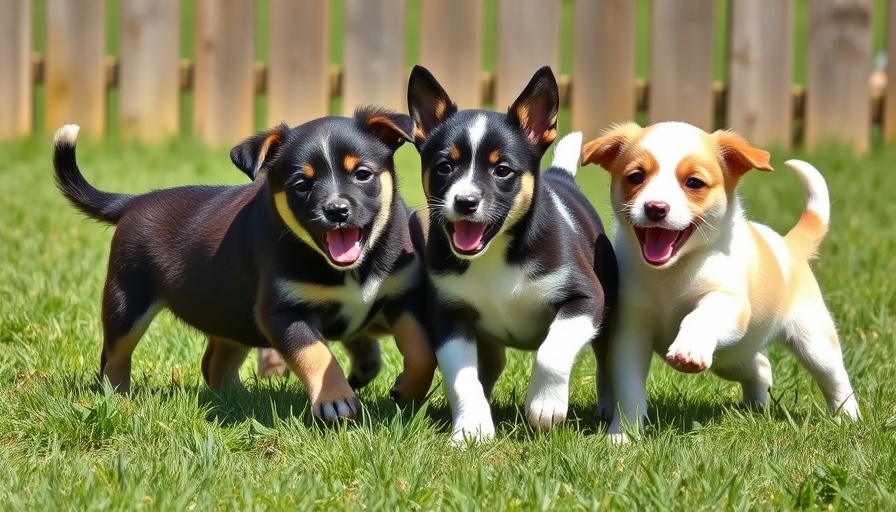
What Is Ozempic and How Does It Work?
Ozempic, the brand name for semaglutide, is a medication primarily developed for managing Type 2 diabetes in humans. It falls under a class of drugs known as GLP-1 receptor agonists, mimicking the effects of a hormone that aids in regulating blood sugar levels. By slowing gastric emptying, it helps control hunger and reduce overall calorie intake, making it a popular choice for those aiming to lose weight.
Why Isn’t Ozempic Approved for Dogs?
Although the idea of using Ozempic for dogs might be appealing, veterinarians advise against it due to several reasons:
- Lack of Research: No comprehensive studies have been conducted to gauge the safety or efficacy of semaglutide in dogs. Canines metabolize drugs differently, raising concerns about potential negative effects.
- Unpredictable Side Effects: While humans might experience side effects like nausea and diarrhea, these reactions in dogs could lead to serious complications that have yet to be understood.
- Alternatives Available: Most dogs with diabetes are insulin-dependent, making insulin therapy a necessity. Conventional methods like dietary changes and exercise have proven effective and should be prioritized.
The Obesity Epidemic in Dogs
Companion animal obesity is becoming a pressing issue globally. According to recent surveys, an alarming percentage of pets, including over 59% of dogs in the U.S., are classified as overweight or obese. This troubling trend leads to various health problems, including heart disease and diabetes, drastically impacting a dog’s quality of life.
Current Options for Weight Management in Dogs
Dog owners concerned about their pet's weight should consider established options instead of relying on unapproved drugs. The standard treatment involves:
- Dietary Modifications: A high-fiber, balanced diet with controlled calorie intake is essential. Tailoring specific diets for diabetes management can make a significant difference.
- Regular Exercise: Just like humans, dogs benefit greatly from physical activity. Setting a routine for walks and playtime can promote weight loss while also improving overall health.
- Behavioral Changes: Many owners inadvertently contribute to their pet's obesity through overfeeding or inconsistency in diet. Raising awareness about proper feeding methods can help prevent weight gain.
The Future of Weight Management Drugs for Pets
As the issue of canine obesity continues to escalate, research is ongoing regarding potential treatment options. Breakthroughs in GLP-1 receptor agonists similar to semaglutide may offer hopes for the future, though safety and efficacy in dogs must be thoroughly validated through clinical trials. Veterinary researchers emphasize creating guidelines to explore appropriate dosing and delivery methods to ensure safety for canine health.
Important Takeaway for Pet Owners
The bottom line for pet owners is to avoid attempts at self-prescription of human medications like Ozempic for dogs. Instead, maintaining open communication with a qualified veterinarian is essential in addressing any weight management concerns. They can advise on specific dietary needs or effective treatments tailored to each individual pet's requirements.
Conclusion
The emergence of effective weight-loss medications for humans shines a light on the possible future of drug treatments for canine obesity. However, focusing on preventive measures, alongside veterinary guidance, remains the safest and most effective solution for managing your dog's health.
 Add Row
Add Row  Add
Add 




Write A Comment